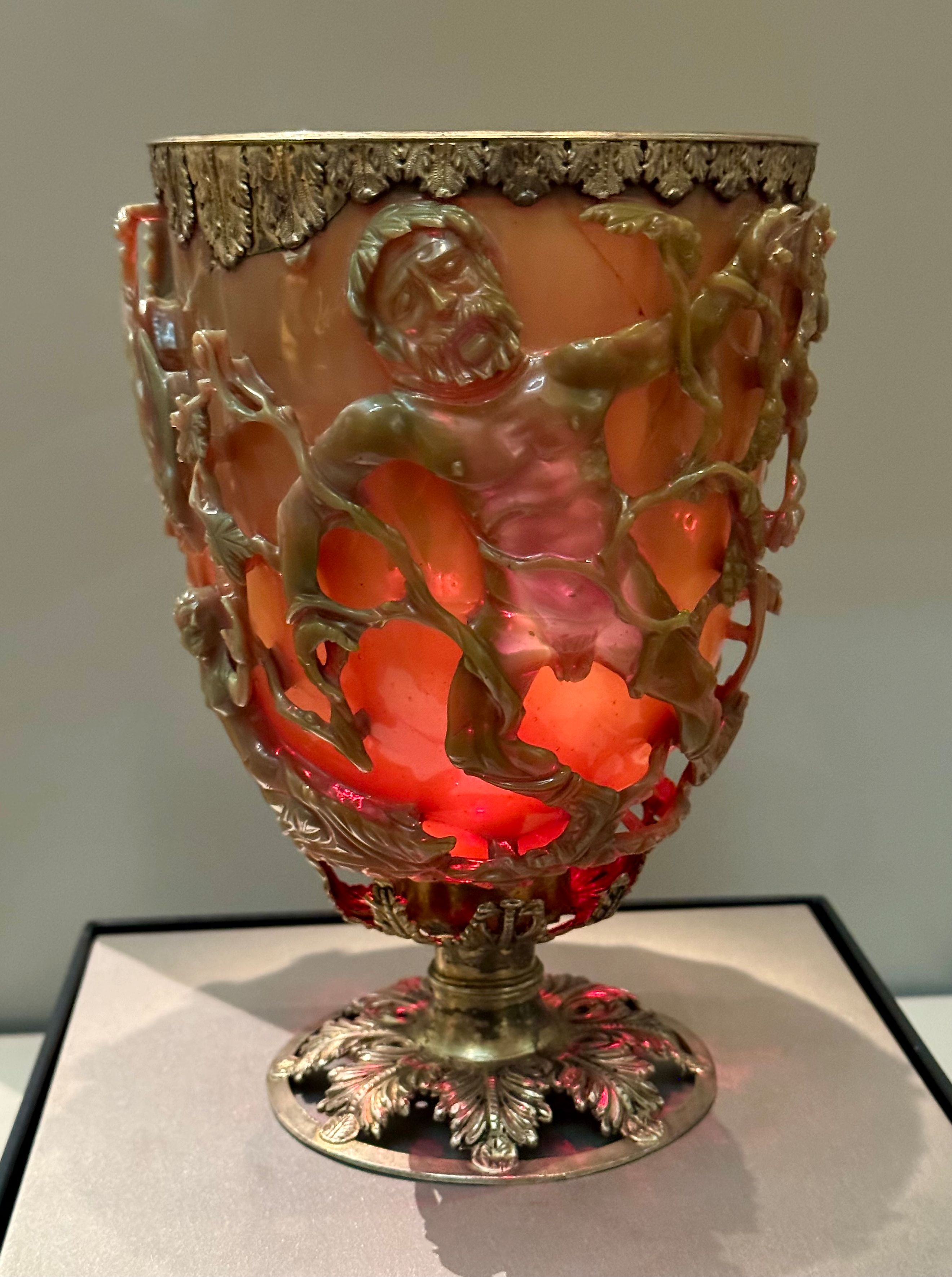
Ancient Roman Technology and the Lycurgus Cup
The Romans left us with a myriad of legacy-defining monuments that have managed to stand the test of time. Roman aqueducts and roads can still be found across Europe, North Africa, and the Middle East. Of course, great wonders like the Colosseum and the Pantheon still stand as testaments to their advanced engineering and construction skills.
The Lycurgus Cup is another less obvious and seemingly modest relic from the Roman Era. At first glance, this cup appears to be nothing more than an elaborate chalice likely used by a Roman aristocrat; however, upon further examination, its true genius shines through.
The Lycurgus Cup
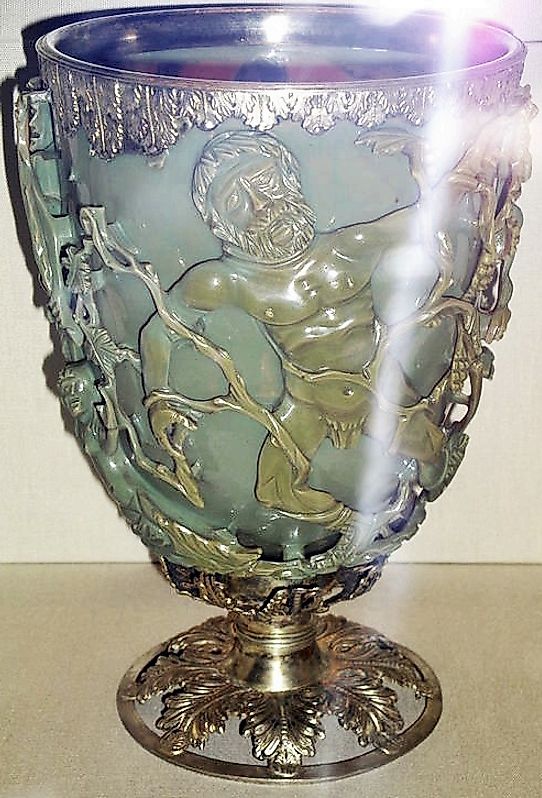
What makes the Lycurgus Cup so fascinating is how it interacts with light. When lit from the front, the cup appears to be a solid jade color. Simple and relatively unremarkable. However, when a light source is placed behind the cup, it changes into a vibrant and fiery red.
The cup gets its name from the decorative artwork that depicts the mythical Greek king Lycurgus. According to legend, Lycurgus was killed after being entangled in a grapevine for taunting the god Dionysus. The cup is dated to the 4th century AD and is the most well-preserved version of a Roman cage cup. A cage cup consists of the glass held in place with a metal framework that often doubles as a display of artwork.
The Mystery Of The Cup
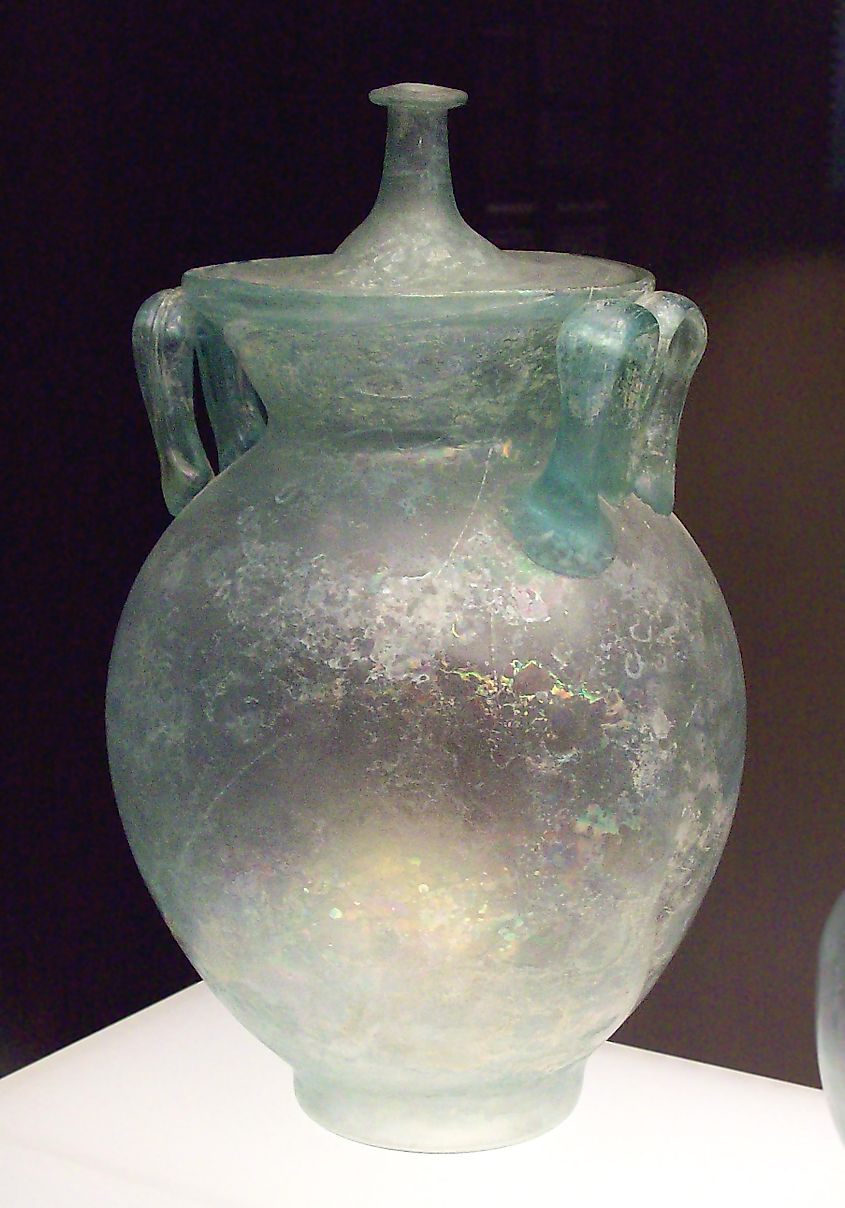
Scientists, archeologists, and historians have known about the cup's mysterious ability to change color since at least the 1950s, but it was never fully understood how or why the Romans were able to achieve this. This all changed in 1990 when a team of researchers from England broke down glass fragments and placed them under a microscope. It turned out that the Romans had infused the glass with particles of precious metals like gold and silver. The traces of the gold and silver were so small that they were only 50 nanometers in diameter.
Further research also proved that his color-changing effect was no accident. The amount of gold and silver needed to achieve this effect is small and needs to be so precise that the chances of the Romans achieving this by chance is almost zero.
Ancient Nano Technology
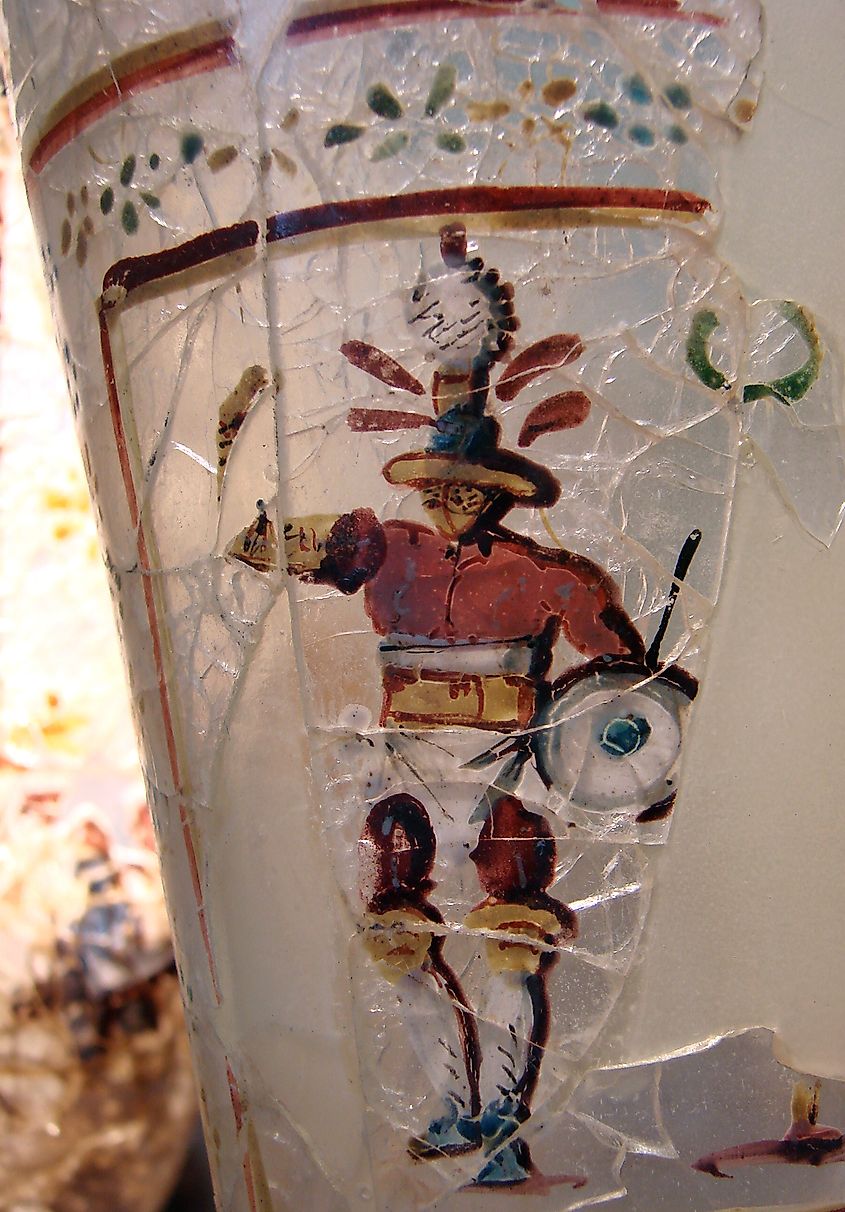
The Romans might not have known it at the time, but they were early pioneers of nanotechnology. The color-changing effect is caused by surface plasmon resonance, a phenomenon where light interacts with electrons on the surface of the gold and silver nanoparticles, causing the cup to appear jade when lit from the front and red when lit from behind. Experts also suspect that the cup could have changed colors depending on what liquid was poured into it. This would have undoubtedly awed the owners of the chalice and any party guests who would have been invited over for a large feast or celebration.
It remains unclear how widespread this kind of technology was used, either in other types of glassware or even windows. Sadly, due to its delicate nature, very few examples of Roman glassware remain especially ones that behave in the same fashion as the Lycurgus Cup.
Who Owned The Cup?
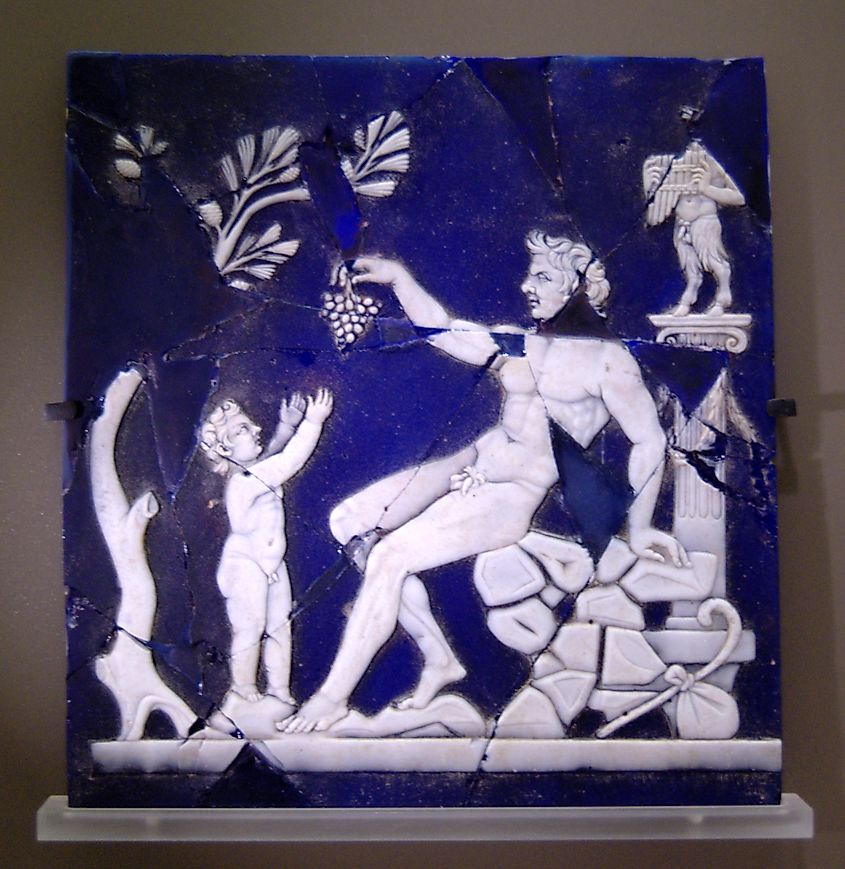
It is thought that the Lycurgus Cup was made in Rome itself. Due to its exceptional craftsmanship and highly advanced methods, it was likely commissioned by or gifted to an incredibly wealthy and important person within Roman society.
Most people within Roman society would have never been able to afford glassware, let alone an intricate chalice that could change color due to the glass being infused with small particles of silver and gold. Even by today's standards, owning a cup like that might be considered ostentatious. Glass was quite uncommon within Rome and its empire until around 100 AD when skilled slaves from the Middle East introduced the practice. From this point onward, glass-blowing and window-making were highly valued skills. Owning glassware or a home with windows was a sign of wealth and prestige.
The Roman Empire is one of the most studied civilizations in human history, and every year, more archaeological finds are made that give us a clearer picture of the past. Even things thought to be lost to time, such as the recipe for Roman concrete, were finally solved only a few years ago. This gave the much-needed answers to why Roman architecture and buildings were so durable and could hold much weight.
The Lycurgus Cup is just another achievement in a long list that proves just how advanced Roman society was. While there are aspects of Rome that we now consider to be backward, it is almost impossible not to sit back and marvel at the technological prowess the Romans achieved with such limited resources.











